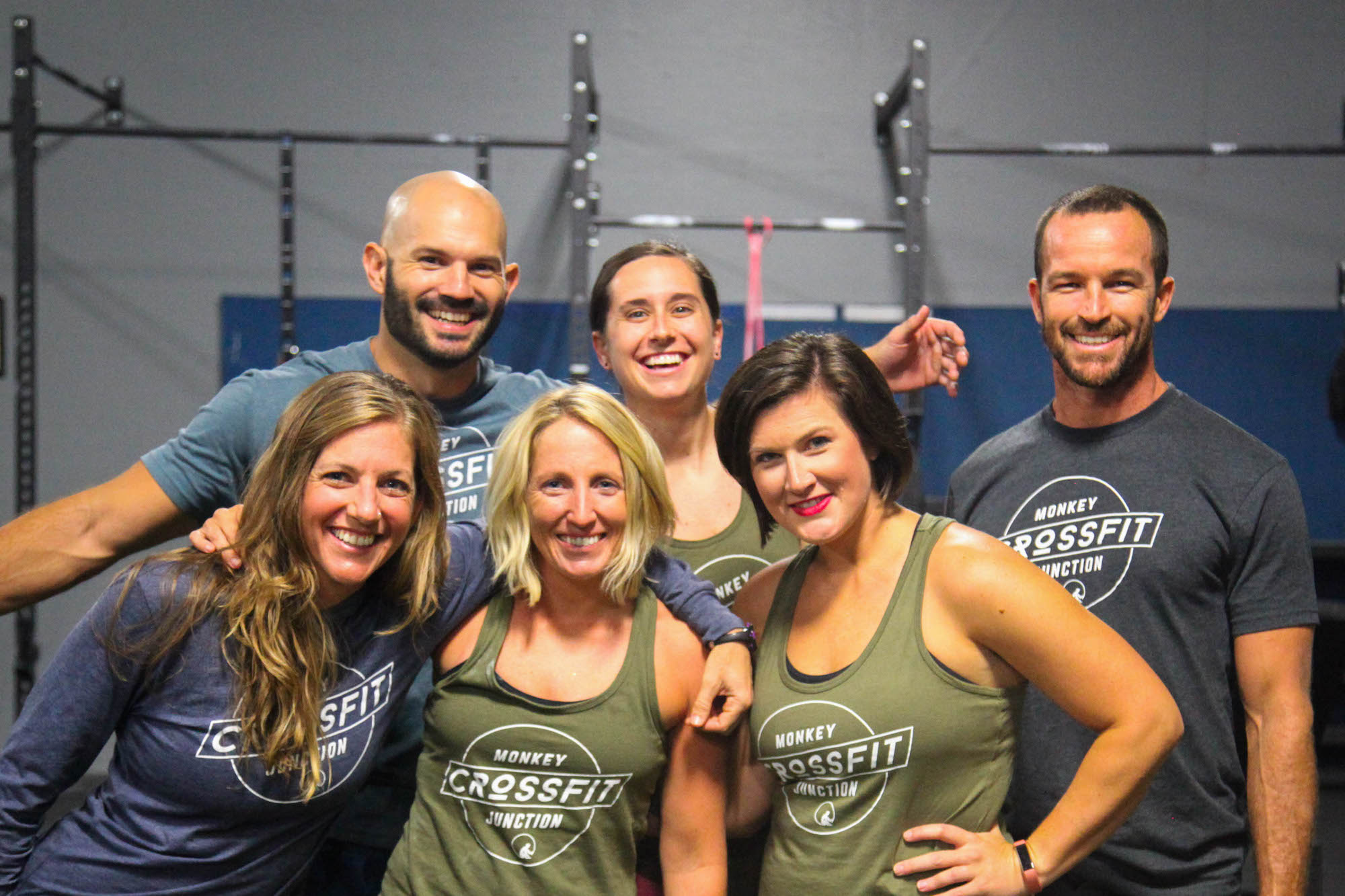
Risk vs Reward: Why Things are Different Here!
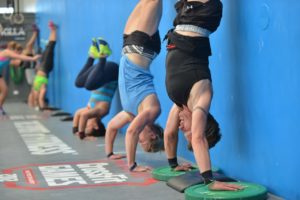

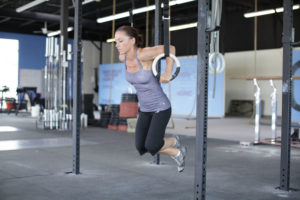
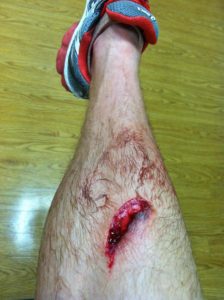
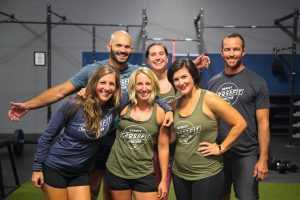






Hello All-
First and Foremost, our profound thanks for your support. Prior to opening, we had certain membership goals for the one month mark. Thanks to your collective participation, we hit our monthly membership goals ON THE FIRST DAY! We are shocked, amazed and above all, so very grateful!
Onto some exercise related stuff. We thought it might be of interest to, with this entry, detail a little about our programming process. The gist of it is, each day of the week corresponds to a fundamental movement pattern, after which, that pattern won’t repeat again till the next week. This is a conscious choice done to reduce chance of injury. For example, this Monday our “Strength Component” was Seated Dumbell Shoulder Press and our “Work Capacity” was Freddy’s Revenge. Both featuring resisted shoulder extension. So, for the remainder of the week, resisted shoulder extension is by and large OUT of the programming. It’s not a hard and fast rule and there is some grey area. There may be some overhead movements, but they won’t be particularly heavy or high volume. We might see Wallballs, for example. While technically this has some resisted shoulder extension, but it’s relatively light loading and low risk.
So, real fast, here’s a map of our week.
Monday- Shoulder Extension/Overhead (Shoulder Press, Bench Press, Etc)
Tuesday- Off the Ground/Hip Hinge (Deadlift, Clean, Snatch)
Wednesday- Aerobic Focus
Thursday- Upper Body Pulling (Pullup/Toes to bar/ Rows)
Friday- Hip Extension (Squat/Lunge)
We throw an aerobic focus on day 3 of our 5 day cycle, so the weekly pattern is 2 high stress days, 1 day “off” 2 high stress days, 2 days (sat and sun) off.
The net effect is, a wide variety of movements and patterns that cover as many bases as we reasonably can, with a constant eye toward preserving the joints/reducing injury risk.
We hope you enjoy the process!